Ski boots causing pain? You're not alone. Nearly 90% of skiers face discomfort from their boots each season. Common issues include shin bang, bruised toes, and sore calves. Here’s why this happens and how to fix it:
- Wrong Fit: Boots that are too tight or loose lead to blisters, shin bang, and cramps.
- Pressure Points: Painful spots on shins, ankles, toes, and arches caused by poor fit or rigid designs.
- Restricted Blood Flow: Over-tightened buckles can cause numbness and cold feet.
Solutions:
- Professional Boot Fitting: Adjustments like heat molding, custom footbeds, or shell modifications can improve comfort.
- Alternative Gear: Consider Snowfeet, mini ski skates starting at $140, which fit over regular winter shoes and eliminate traditional ski boot pain.
- Tips for Comfort: Use thin socks, gradually tighten buckles, and start with warm, dry boots.
Quick Comparison:
| Feature | Traditional Ski Boots | Snowfeet Mini Skates |
|---|---|---|
| Cost | $800+ | $140+ |
| Fit Requirements | Custom fitting needed | Works with regular shoes |
| Weight | 15–20 lbs | 2–4 lbs |
| Comfort | Requires adjustments | Immediate comfort |
| Portability | Bulky to carry | Fits in a backpack |
If ski boots are ruining your time on the slopes, solutions like Snowfeet offer a simpler, pain-free alternative. Whether you opt for a professional boot fit or try something new, there’s a way to ski comfortably.
The 5 Biggest Ski Boot Issues Skiers Face
Why Ski Boots Cause Pain
Traditional ski boots, like those from brands such as Rossignol, Atomic, and Head, often prioritize performance over comfort. This trade-off can lead to discomfort, prompting many skiers to explore alternatives like Snowfeet.
Wrong Boot Size and Fit
Getting the right fit for ski boots is all about precision. A well-fitted boot should let your toes lightly graze the front when you're standing, with about 0.75–1.25 inches of space between your heel and the back of the shell [4]. The width should follow the natural contour of your foot, leaving no more than 0.5 inches of extra room [4]. When the fit is off, these problems can arise:
- Reduced control and responsiveness on the slopes
- Excessive foot movement, leading to painful blisters
- "Shin bang" caused by forward sliding
- Muscle cramps from overcompensating
"Ensuring that you are in the right boot for your foot and your style of skiing, making sure you're angled correctly in the right boot, that's the number one fit aid." - Sam Tischendorf, Boot Pro [2]
Common Pressure Points
Ski boots can quickly turn a day of fun into a painful experience. Boot expert Laurent Tacussel puts it best: "To get off on the right foot in skiing, you'd better be right in your boots!" [5]. Here are some common problem areas and how they're traditionally addressed:
| Area | Common Issues | Traditional Solution |
|---|---|---|
| Shin | "Shin bang" (affects 40% of skiers [2]) | Gel padding, custom fitting |
| Ankles | Throbbing pain, compression | Buckle adjustments, liner tweaks |
| Toes | Purple toes, numbness | Shell modifications |
| Arches | Soreness, cramping | Custom footbeds, arch support |
These pressure points not only cause discomfort but also interfere with circulation, compounding the problem.
Poor Blood Flow and Cold Feet
Tightening buckles too much in pursuit of better control is a common mistake that restricts circulation [6]. This can lead to numbness, decreased performance, and even long-term foot issues. While experts advise adjusting the buckles as the liner settles [5], constant tinkering can be frustrating and time-consuming. Thin, technical socks can help by reducing bunching and pressure points [1].
Boot volume also plays a big role in circulation. Too much space allows excessive movement and creates pressure points, while too little space cuts off blood flow [2]. Professional boot fitting often involves multiple adjustments to strike the right balance.
Up next, we'll dive into practical tweaks and equipment options to help solve these common boot-related problems.
How to Fix Ski Boot Pain
Boot Fitting and Modifications
Getting ski boots to fit comfortably often requires professional adjustments, but Snowfeet offers a more straightforward alternative. For traditional boots, expert bootfitters recommend several modifications to enhance comfort and support. These include:
| Modification Type | Purpose |
|---|---|
| Heat Molding | Shapes the liner to match your foot |
| Shell Punching | Relieves pressure in specific areas |
| Custom Footbeds | Provides better support and alignment ($250–$600) |
| Cork Injection | Extends liner durability (600+ days) |
"Heat doesn't mold a boot to your foot; it allows your foot to mold the liner." - Jake Stern, Digital Editor at Outside and Professional Bootfitter [7]
After considering these adjustments, you may also want to evaluate different types of equipment to find the best fit for your skiing needs.
Selecting Better Equipment
When it comes to ski footwear, there are two main options: traditional boots and Snowfeet. Here's how they compare:
- Traditional Boots: These require precise fitting to avoid discomfort and pressure points. Professional fitting is essential for a snug and supportive fit.
-
Snowfeet Alternative: Snowfeet Mini Ski Skates (starting at $140) offer a simpler solution:
- They fit directly over your existing winter shoes.
- Their lightweight design makes them easy to carry in a backpack.
- No specialized fitting is needed, providing immediate comfort.
The Snowfeet design eliminates common pain points like pressure spots and poor circulation, making them a practical choice for those seeking convenience.
Tips for All-Day Comfort
Achieving comfort on the slopes involves more than just the right gear. Here are some additional tips to keep your feet happy:
- Start with dry, warm boots.
- Gradually tighten the buckles as the liners settle throughout the day.
- Use booster straps to improve flex control and stability.
SOLE footbeds, which are clinically proven to reduce foot strain by 34% [8], can also make a significant difference. Keep in mind that during intense skiing, your feet can bear 3–4 times your body weight [9].
"You marry your boots, you date your skis. You have to get your boots dialed in." - Bob Egeland, Board-certified Pedorthist and master bootfitter [9]
For those who want an easy, pain-free option without the hassle of extensive modifications, Snowfeet provides an adjustable binding system that works seamlessly with your regular winter footwear, offering both comfort and performance on the slopes.
sbb-itb-17ade95
Snowfeet vs. Standard Ski Equipment

Now that we've explored boot fitting and modifications, let's dive into how Snowfeet stacks up against traditional ski gear.
Comfort-First Design
When it comes to traditional ski boots from brands like Rossignol, Atomic, or Tecnica, performance is usually the top priority. This often means stiff, rigid designs that can compromise comfort. Snowfeet, on the other hand, flips the script. By ditching the rigid boot structure, Snowfeet offers adjustable bindings, metal edges, and a narrower base. This setup allows for more natural movement, better stopping control, and smoother maneuverability. It’s a solution that directly tackles the discomfort many skiers face with traditional gear. And, as a bonus, Snowfeet’s portability is a standout feature.
Easy Transport and Storage
One of Snowfeet’s biggest perks is how easy they are to carry and store compared to bulky ski equipment. Here’s a quick breakdown:
| Feature | Snowfeet | Traditional Ski Equipment |
|---|---|---|
| Storage Space | Fits in a regular backpack | Requires a dedicated ski bag/rack |
| Weight | 2–4 lbs per pair | 15–20 lbs for skis and boots |
| Portability | Walk uphill in regular shoes | Must carry or wear heavy boots |
| Transport Cost | Free as carry-on luggage | Additional fees for ski transport |
"The snowfeet are small and lightweight, so you can walk uphill with your normal snowshoes and when you reach the top, you get the snowfeet out of your backpack and you're ready to go! They will def be packed as standard equipment for our next winter holidays." - Israel Oast [3]
Cost and Upkeep
Snowfeet also shine when it comes to affordability and maintenance. Let’s compare:
| Item | Snowfeet Cost | Traditional Equipment Cost |
|---|---|---|
| Entry Level | Mini Ski Skates: $140 | Boots + Skis: $800+ |
| Advanced | Snowfeet PRO: $230 | Performance Package: $1,200+ |
| Annual Maintenance | Basic waxing kit: $20 | Boot fitting & tune-ups: $150+ |
With Snowfeet, upkeep is simple. A quick waxing and occasional binding checks are all you need. Made in the Czech Republic [10], these mini skis are built to last, delivering great value over time.
"With these little skis, you feel much more agile, faster, and above all – comfortable. No buckles, no heavy boots – just strap in and go." - Jakub F [3]
Snowfeet are best suited for groomed slopes and are beginner-friendly, offering a quick learning curve for those who prioritize comfort and convenience.
Conclusion: Choosing Your Best Winter Sports Option
Ski boot pain doesn’t have to keep you from enjoying the slopes. Thanks to modern solutions, like those offered by Snowfeet, you can experience winter sports without the discomfort of traditional ski boots. While brands like Rossignol and Atomic focus on high-performance gear, Snowfeet takes a different approach - prioritizing comfort and addressing the common pain points of traditional equipment.
Snowfeet offers a range of options, from their compact 38 cm (15 in) Mini Ski Skates, starting at $150, to their larger 99 cm (39 in) Skiblades, priced from $450 [3]. These products are designed to work seamlessly with various footwear, including winter shoes, snowboard boots, or even traditional ski boots. This versatility allows you to enjoy snow sports without the constraints or discomfort often associated with conventional setups.
Here’s why Snowfeet stands out:
- A lower starting price point of $150 makes it more accessible.
- Minimal upkeep - just basic waxing is required.
- Compact and portable, easily fitting into a backpack.
- Quick to learn, making it beginner-friendly.
- Adaptable to different terrains for a variety of snow activities.
The future of winter sports is all about combining comfort with excitement. Whether you’re a seasoned skier or just getting started, solutions like Snowfeet prove that you don’t have to choose between performance and comfort. It’s time to embrace a new way to enjoy the snow - where innovation meets ease.
FAQs
Is Snowfeet a good alternative to traditional skis for my skiing style?
Snowfeet might just be the perfect fit depending on your skiing preferences and what you prioritize on the slopes. If you’re someone who enjoys laid-back runs, exploring backcountry trails, or simply wants a lightweight and portable alternative, Snowfeet products could check all those boxes. Options like the Snowfeet PRO (50 cm) or Mini Ski Skates (38 cm) are built for flexibility and ease of use. Unlike traditional skis that require clunky gear and specialized boots, Snowfeet work with regular winter boots, offering a more convenient and comfortable experience.
Price-conscious skiers will also appreciate that Snowfeet products are much easier on the wallet. With prices starting at around $150, they’re a far cry from the hefty price tags of traditional skis, which can easily exceed $600. If affordability, portability, and comfort are high on your list, Snowfeet offers a refreshing alternative to big names like Rossignol or Atomic.
Why are Snowfeet a better choice for comfort and performance compared to traditional ski boots?
Snowfeet bring a fresh twist to winter sports by offering a lightweight and compact alternative to traditional ski boots. Forget lugging around heavy gear - Snowfeet are small enough to fit in a backpack, making them ideal for impromptu snow days or venturing into the backcountry. Their portability means less hassle and more freedom to enjoy the slopes on your terms.
What really sets Snowfeet apart is their compatibility with regular winter shoes or snowboard boots. This means you can skip the discomfort and restricted movement often associated with traditional ski boots. Instead, you'll experience a more natural and flexible ride. Their sleek design also makes carving tight turns and pulling off quick maneuvers a breeze, whether you're a beginner finding your groove or a freestyle enthusiast chasing thrills. Snowfeet combine the excitement of skiing with simplicity, ditching the bulk and complexity of conventional gear.
Are there certain terrains or conditions where Snowfeet aren't ideal compared to traditional skis or snowboards?
Snowfeet are built for fun and adaptability, but they shine in specific conditions. They perform best on groomed slopes, snow parks, or light powder (up to 8 inches). When it comes to steep slopes, deep powder, or unpredictable terrain, traditional skis or snowboards provide greater stability and better flotation.
If you're gearing up for demanding backcountry trails or tackling deep snow, gear from established brands like Rossignol or Atomic might serve you better. For most other recreational skiing adventures, though, Snowfeet offer a lightweight, compact, and thrilling option that’s hard to beat.

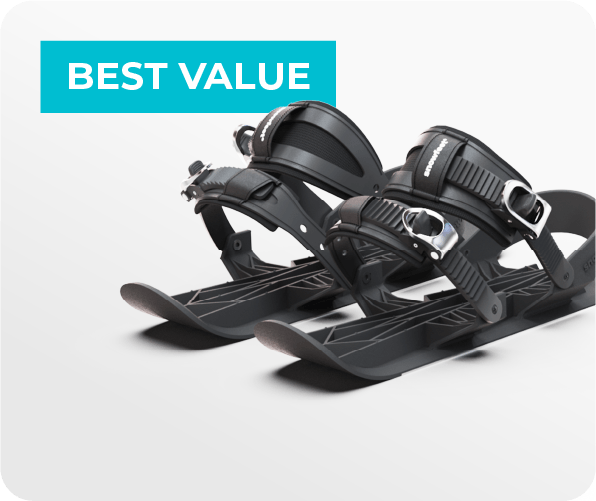
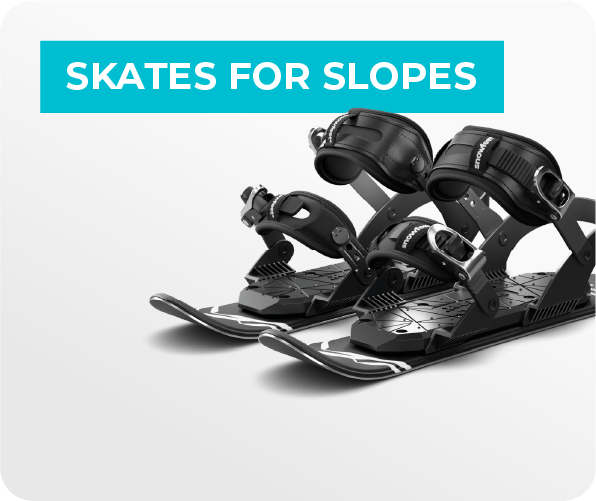

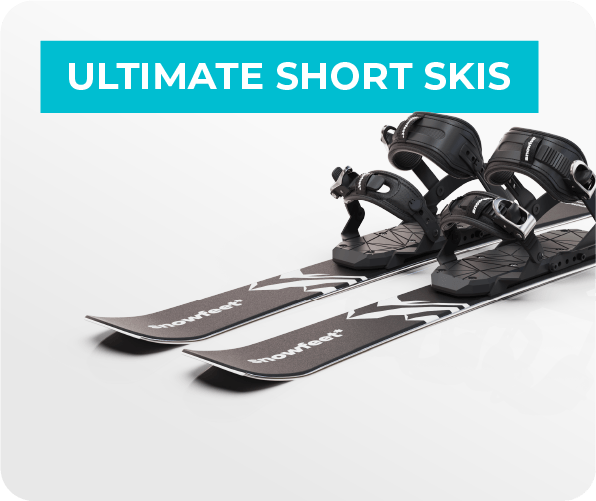
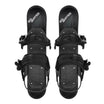
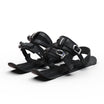

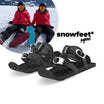

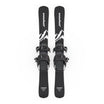
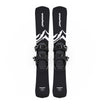
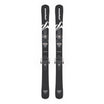
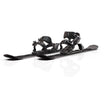
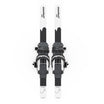
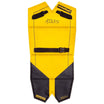
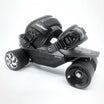

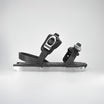
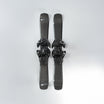
![Why Do My Ski Boots Hurt? Common Causes & Solutions [2025] - snowfeet*](http://www.snowfeetstore.com/cdn/shop/articles/why-do-my-ski-boots-hurt-common-causes-solutions-2025-403869.jpg?v=1748156762&width=1500)
![What Are the Most Fun Skis? Discover Playful Options [2025] - snowfeet*](http://www.snowfeetstore.com/cdn/shop/articles/what-are-the-most-fun-skis-discover-playful-options-2025-972531.jpg?v=1748156766&width=1536)
![How to Choose Ski Goggles: Lens Tints, VLT & Fit Guide [2025] - snowfeet*](http://www.snowfeetstore.com/cdn/shop/articles/how-to-choose-ski-goggles-lens-tints-vlt-fit-guide-2025-565902.jpg?v=1748156769&width=1536)
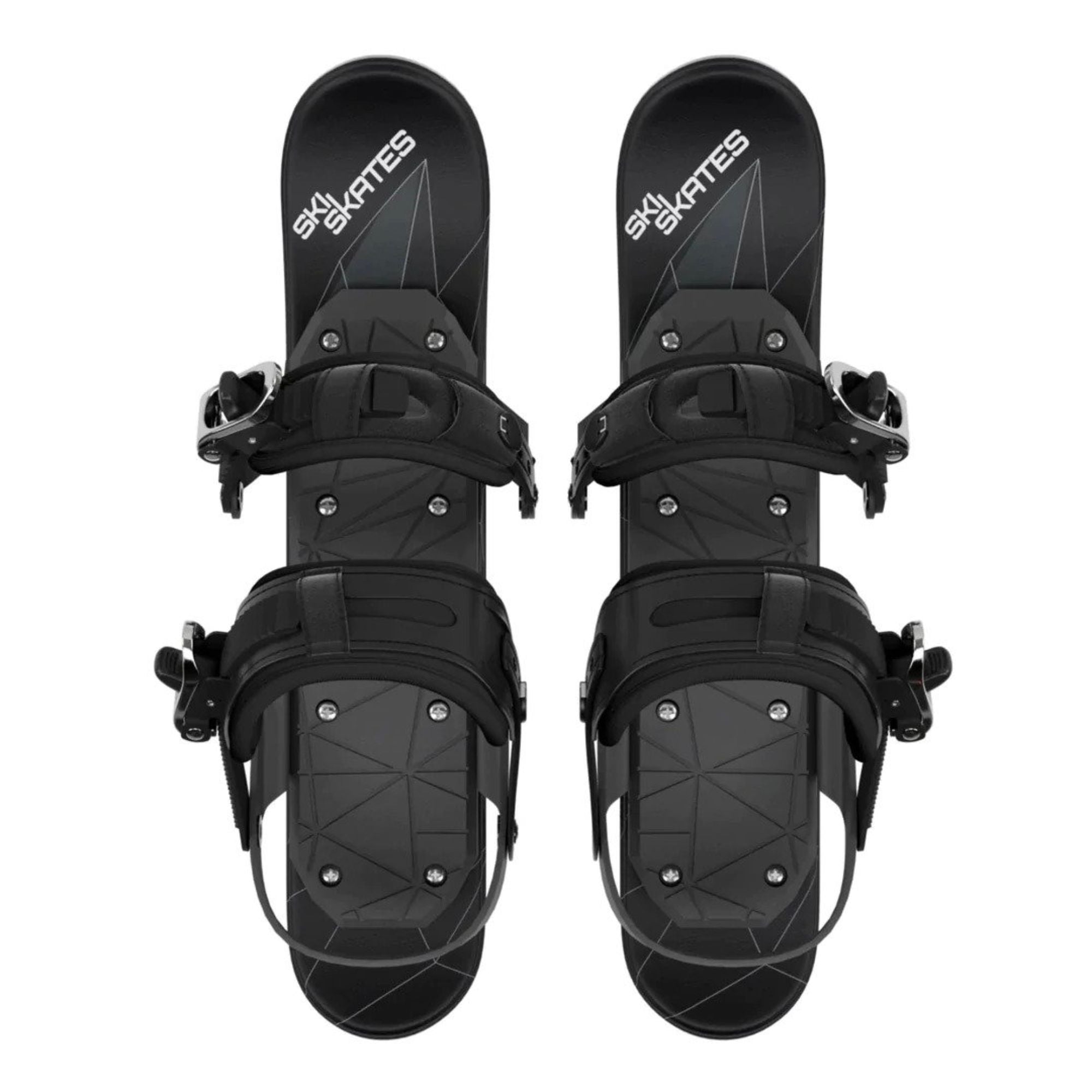
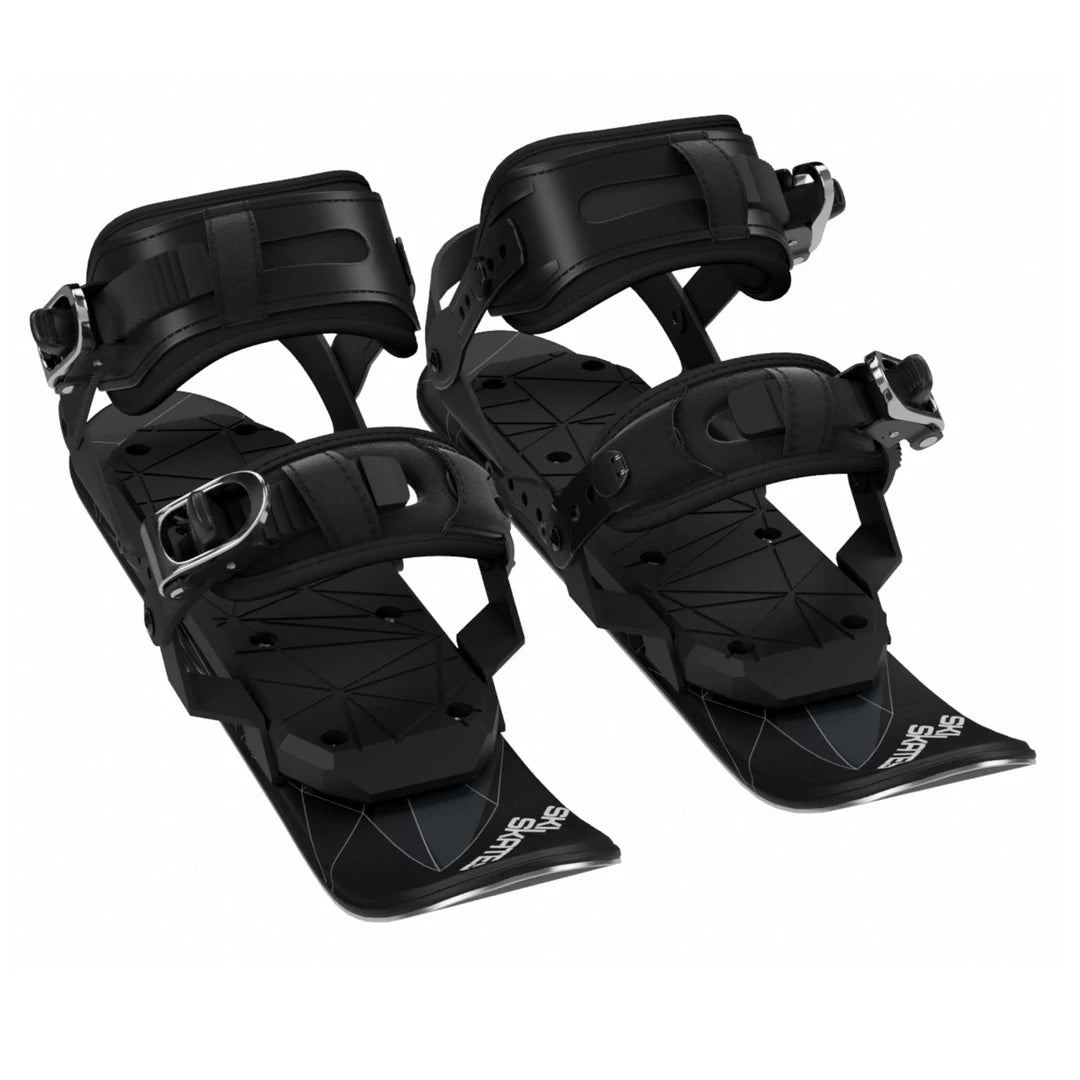


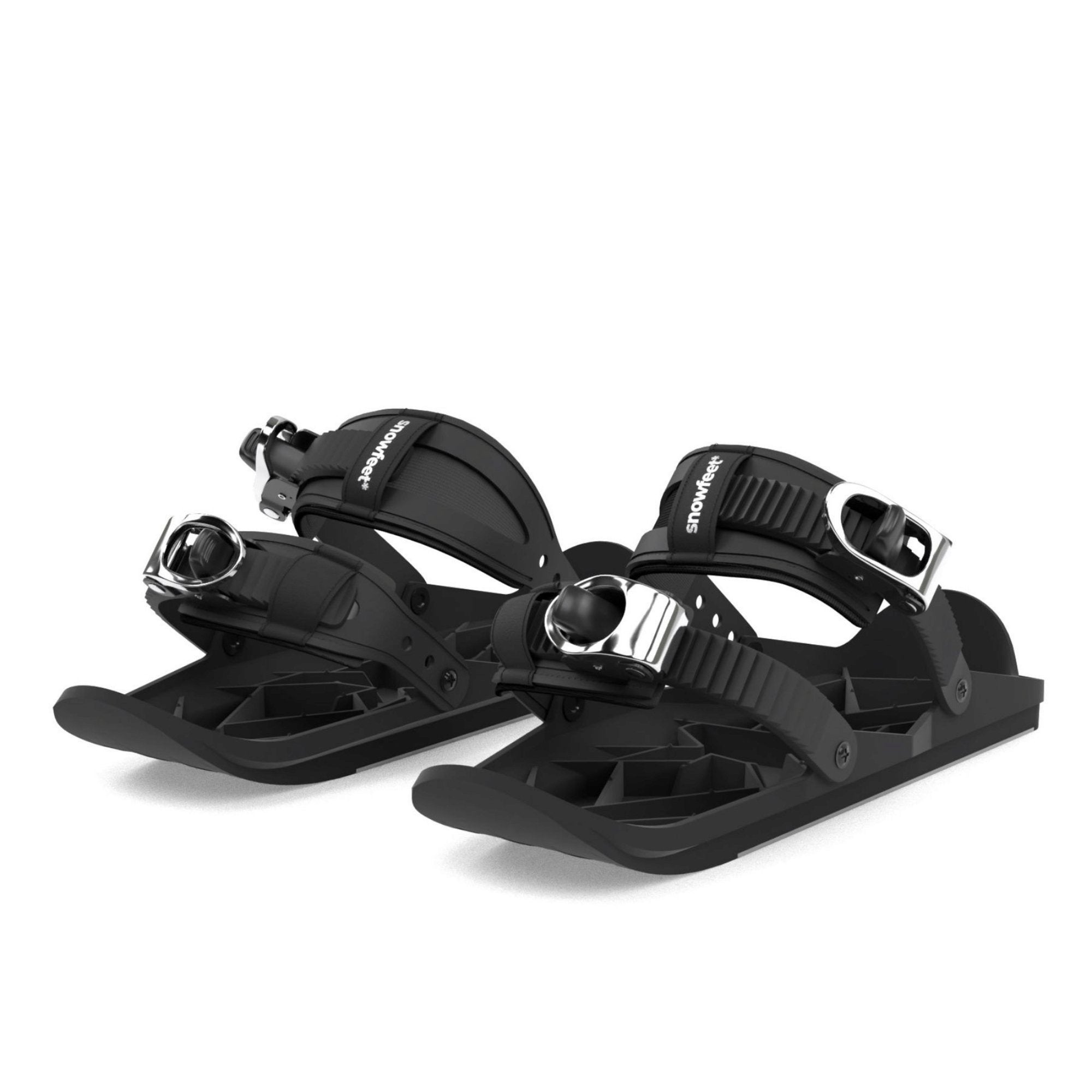
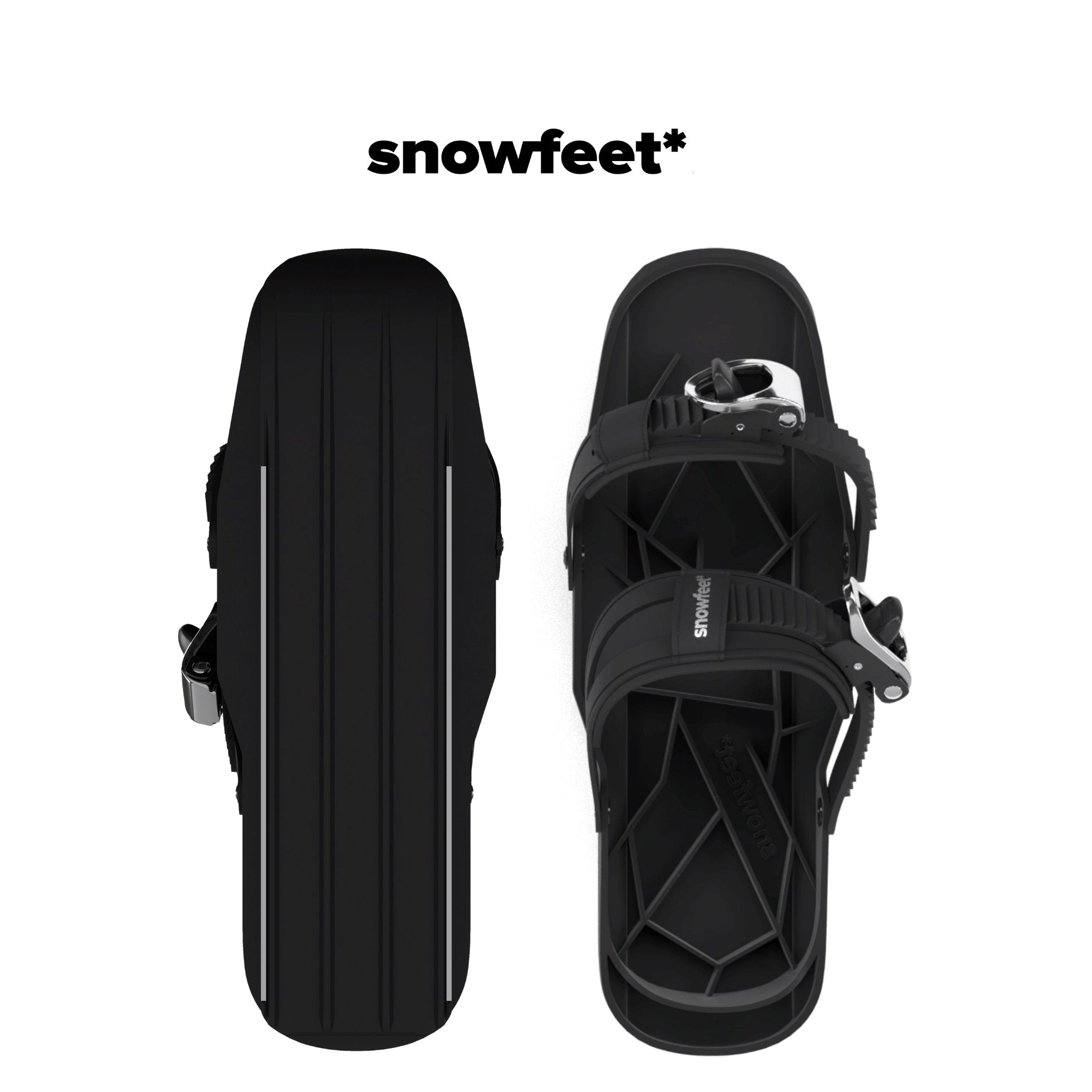


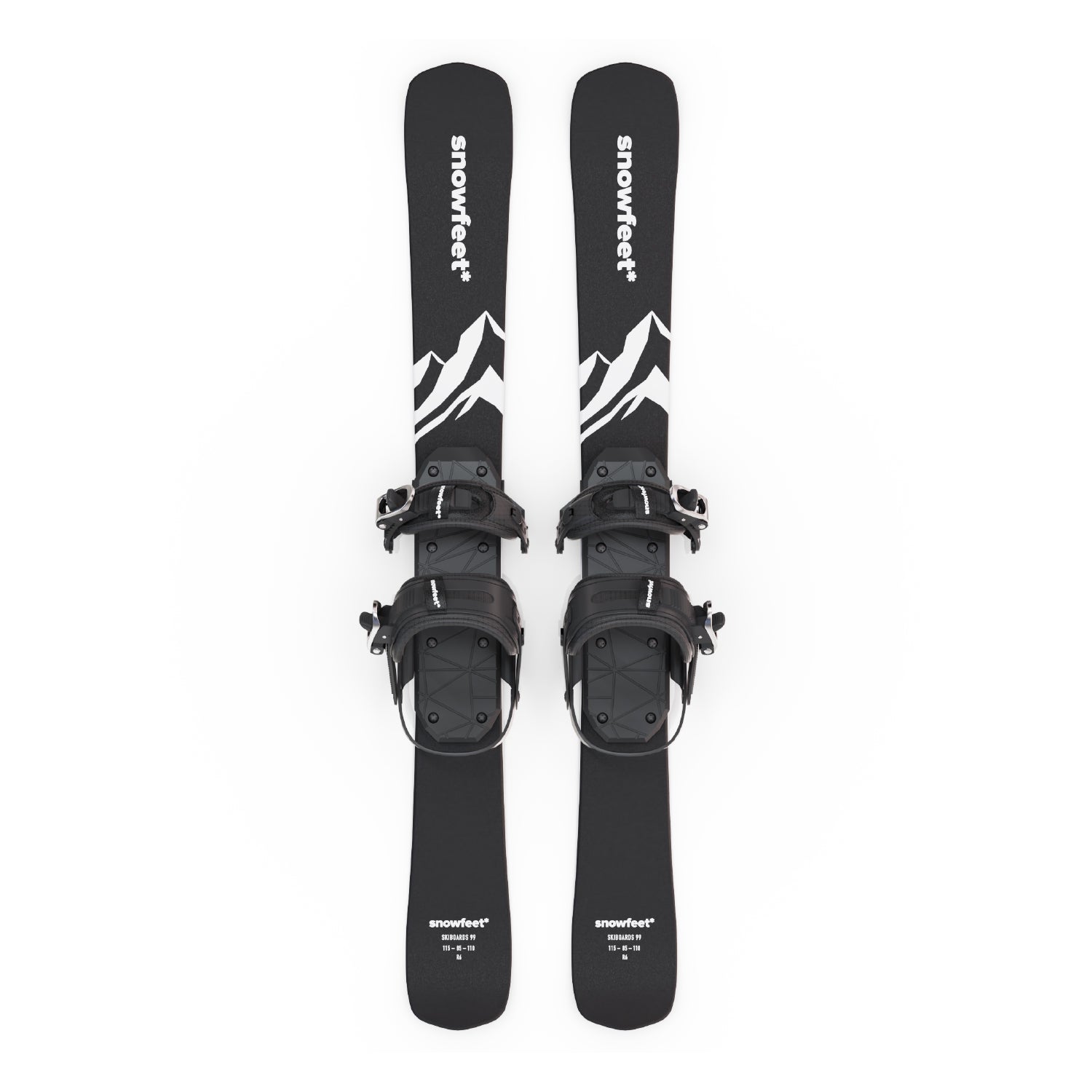

Hinterlasse einen Kommentar
Diese Website ist durch hCaptcha geschützt und es gelten die allgemeinen Geschäftsbedingungen und Datenschutzbestimmungen von hCaptcha.